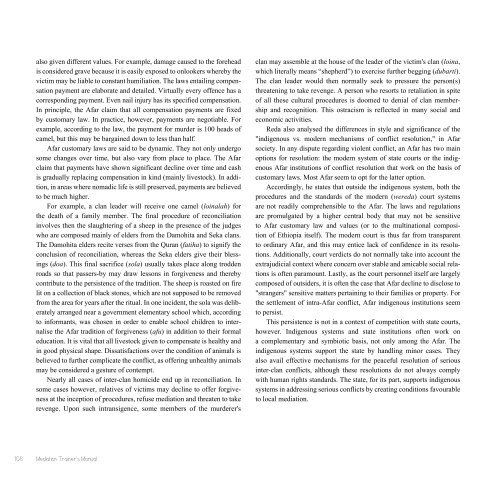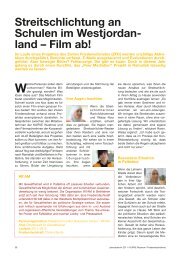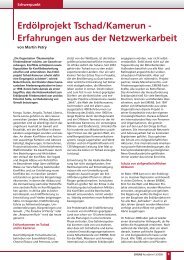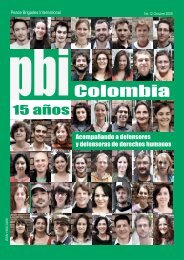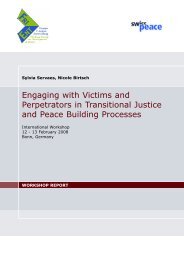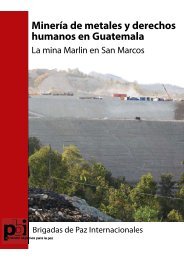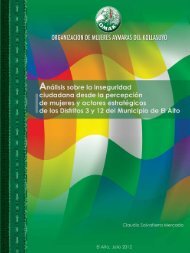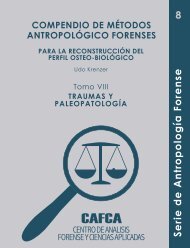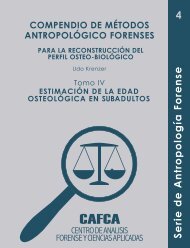Merging Ethiopian Wise-Counsel Mediation and Facilitative ...
Merging Ethiopian Wise-Counsel Mediation and Facilitative ...
Merging Ethiopian Wise-Counsel Mediation and Facilitative ...
- No tags were found...
You also want an ePaper? Increase the reach of your titles
YUMPU automatically turns print PDFs into web optimized ePapers that Google loves.
also given different values. For example, damage caused to the foreheadis considered grave because it is easily exposed to onlookers whereby thevictim may be liable to constant humiliation. The laws entailing compensationpayment are elaborate <strong>and</strong> detailed. Virtually every offence has acorresponding payment. Even nail injury has its specified compensation.In principle, the Afar claim that all compensation payments are fixedby customary law. In practice, however, payments are negotiable. Forexample, according to the law, the payment for murder is 100 heads ofcamel, but this may be bargained down to less than half.Afar customary laws are said to be dynamic. They not only undergosome changes over time, but also vary from place to place. The Afarclaim that payments have shown significant decline over time <strong>and</strong> cashis gradually replacing compensation in kind (mainly livestock). In addition,in areas where nomadic life is still preserved, payments are believedto be much higher.For example, a clan leader will receive one camel (loinalah) forthe death of a family member. The final procedure of reconciliationinvolves then the slaughtering of a sheep in the presence of the judgeswho are composed mainly of elders from the Damohita <strong>and</strong> Seka clans.The Damohita elders recite verses from the Quran (fatiha) to signify theconclusion of reconciliation, whereas the Seka elders give their blessings(doa). This final sacrifice (sola) usually takes place along troddenroads so that passers-by may draw lessons in forgiveness <strong>and</strong> therebycontribute to the persistence of the tradition. The sheep is roasted on firelit on a collection of black stones, which are not supposed to be removedfrom the area for years after the ritual. In one incident, the sola was deliberatelyarranged near a government elementary school which, accordingto informants, was chosen in order to enable school children to internalisethe Afar tradition of forgiveness (afu) in addition to their formaleducation. It is vital that all livestock given to compensate is healthy <strong>and</strong>in good physical shape. Dissatisfactions over the condition of animals isbelieved to further complicate the conflict, as offering unhealthy animalsmay be considered a gesture of contempt.Nearly all cases of inter-clan homicide end up in reconciliation. Insome cases however, relatives of victims may decline to offer forgivenessat the inception of procedures, refuse mediation <strong>and</strong> threaten to takerevenge. Upon such intransigence, some members of the murderer'sclan may assemble at the house of the leader of the victim's clan (loina,which literally means “shepherd”) to exercise further begging (dubarti).The clan leader would then normally seek to pressure the person(s)threatening to take revenge. A person who resorts to retaliation in spiteof all these cultural procedures is doomed to denial of clan membership<strong>and</strong> recognition. This ostracism is reflected in many social <strong>and</strong>economic activities.Reda also analysed the differences in style <strong>and</strong> significance of the"indigenous vs. modern mechanisms of conflict resolution," in Afarsociety. In any dispute regarding violent conflict, an Afar has two mainoptions for resolution: the modern system of state courts or the indigenousAfar institutions of conflict resolution that work on the basis ofcustomary laws. Most Afar seem to opt for the latter option.Accordingly, he states that outside the indigenous system, both theprocedures <strong>and</strong> the st<strong>and</strong>ards of the modern (wereda) court systemsare not readily comprehensible to the Afar. The laws <strong>and</strong> regulationsare promulgated by a higher central body that may not be sensitiveto Afar customary law <strong>and</strong> values (or to the multinational compositionof Ethiopia itself). The modern court is thus far from transparentto ordinary Afar, <strong>and</strong> this may entice lack of confidence in its resolutions.Additionally, court verdicts do not normally take into account theextrajudicial context where concern over stable <strong>and</strong> amicable social relationsis often paramount. Lastly, as the court personnel itself are largelycomposed of outsiders, it is often the case that Afar decline to disclose to"strangers" sensitive matters pertaining to their families or property. Forthe settlement of intra-Afar conflict, Afar indigenous institutions seemto persist.This persistence is not in a context of competition with state courts,however. Indigenous systems <strong>and</strong> state institutions often work ona complementary <strong>and</strong> symbiotic basis, not only among the Afar. Theindigenous systems support the state by h<strong>and</strong>ling minor cases. Theyalso avail effective mechanisms for the peaceful resolution of seriousinter-clan conflicts, although these resolutions do not always complywith human rights st<strong>and</strong>ards. The state, for its part, supports indigenoussystems in addressing serious conflicts by creating conditions favourableto local mediation.108 <strong>Mediation</strong> Trainer’s Manual


